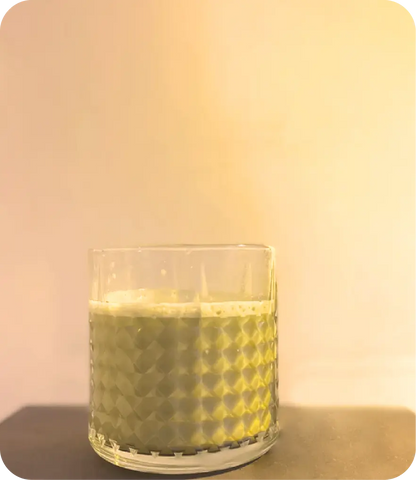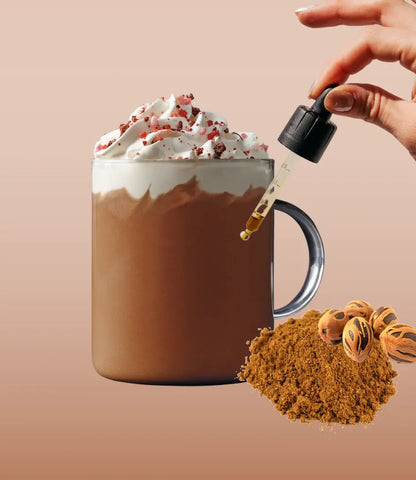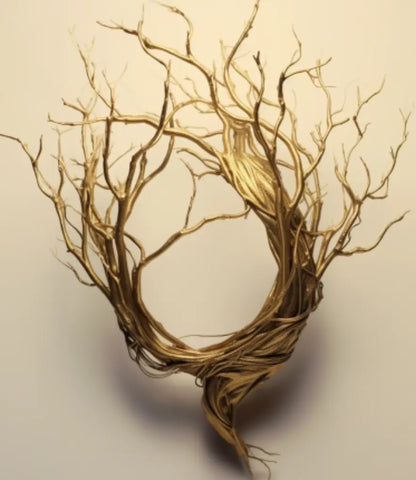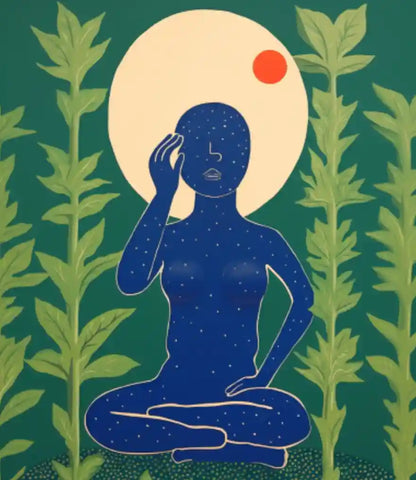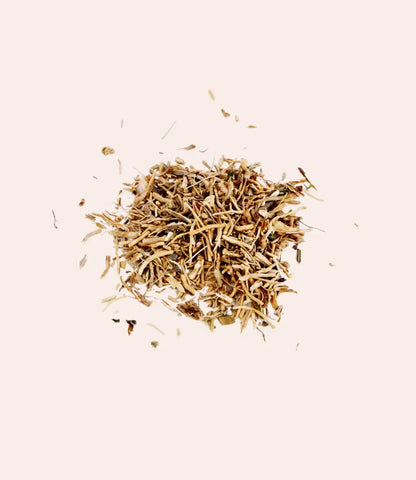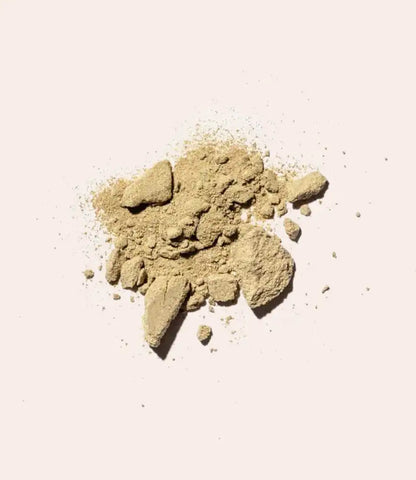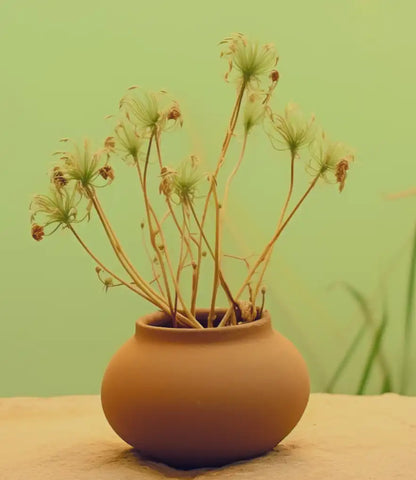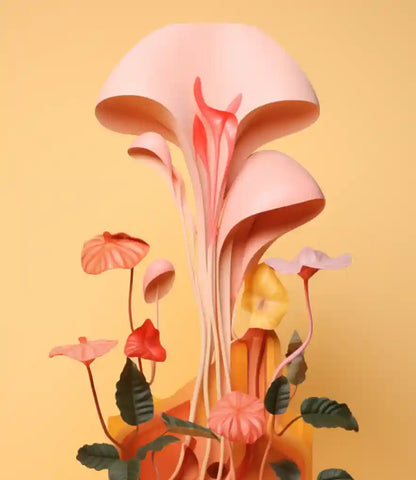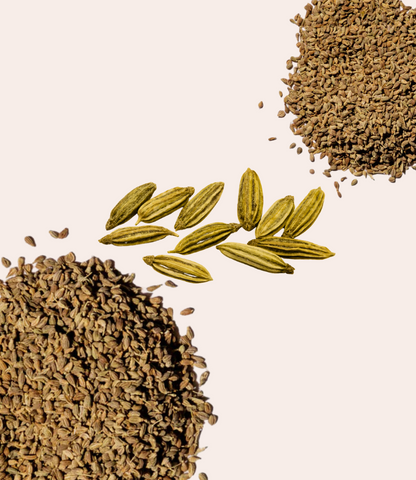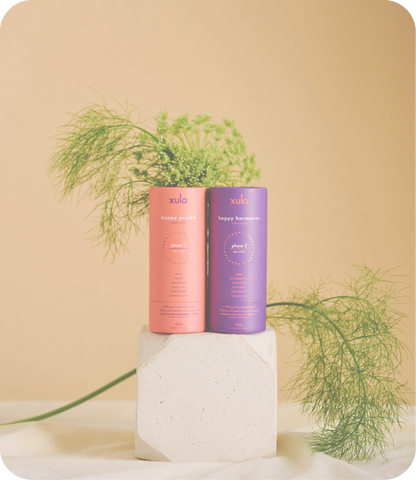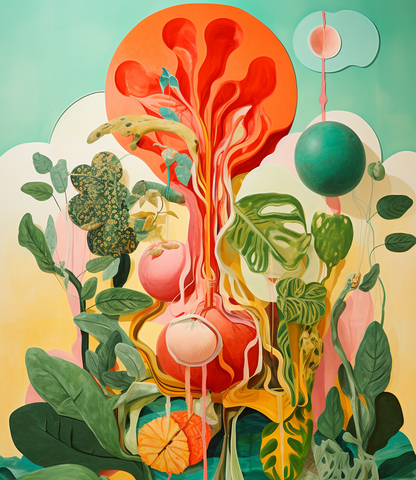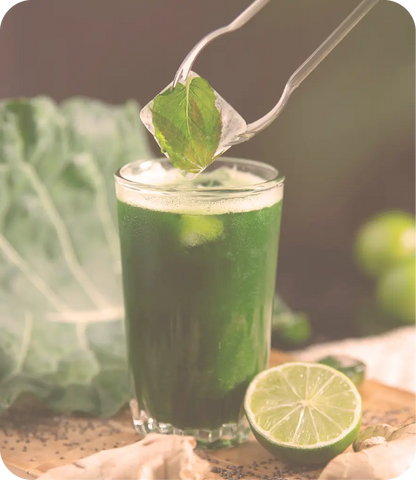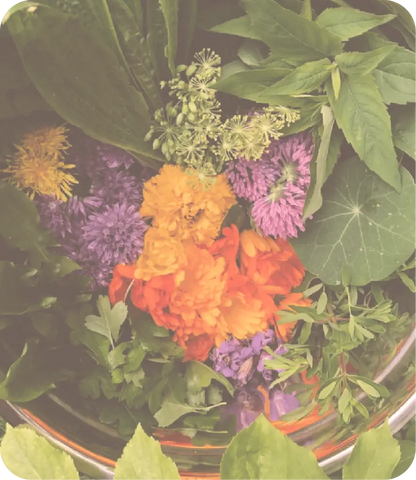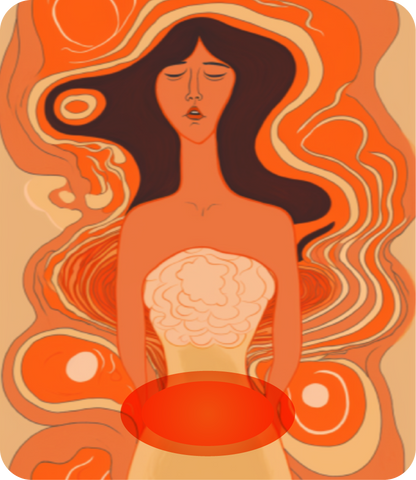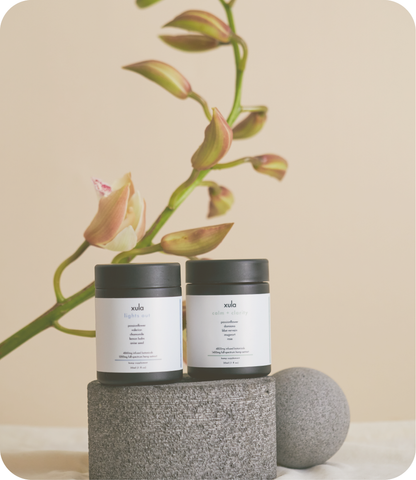
Cultivating Comfort: The Natural Soothing Power of Cramp Bark in Herbal Remedies
In the field of natural remedies, some plants stand out for their remarkable ability to provide relief from discomfort and pain. Cramp bark, a botanical treasure with a rich history in traditional herbal medicine, is one such plant that has captured the attention of healers and health enthusiasts alike. With its potential to alleviate muscle cramps, spasms, and menstrual discomfort, cramp bark has carved a niche for itself in the realm of holistic wellness.
The journey of cramp bark's use dates back centuries, when it found a place in the folklore and healing practices of indigenous cultures around the world. Passed down through generations, the plant garnered a reputation for its capacity to ease the grip of cramps and provide soothing relief. The history of cramp bark's traditional use is a testament to humanity's innate connection to nature's pharmacy.
Viburnum opulus, commonly known as cramp bark, is a deciduous shrub that flourishes in various regions, including North America and Europe. Beyond its elegant appearance, cramp bark holds a secret within its stems and leaves – a synergy of active compounds that lend the plant its unique healing prowess. Understanding these compounds provides insights into the mechanism by which cramp bark offers relief, unraveling its potential as a natural muscle relaxant.
Related to: Valerian Root: From Ancient Remedies to Modern Relaxation
Historical Roots and Traditional Wisdom
For centuries, cramp bark has been revered for its remarkable ability to ease muscle cramps and spasms, a quality that led to its name. Indigenous cultures across different continents have employed this botanical remedy as an invaluable tool in their holistic healing practices. From Native American tribes to ancient European herbalists, the legacy of cramp bark's effectiveness has left an indelible mark on traditional folklore and medicinal wisdom.
In North America, indigenous peoples brewed cramp bark tea to address various discomforts, and the knowledge of its benefits was shared among communities. Meanwhile, in European herbalism, cramp bark was considered an essential resource for addressing not only muscle-related issues but also people with womb health concerns, particularly menstrual discomfort.
These historical uses underscore the profound connection between humans and the natural world. As societies relied on the resources offered by their surroundings, cramp bark emerged as a reliable ally in times of physical distress. The cultural significance attributed to cramp bark's capacity to alleviate cramps provides a glimpse into the reverence ancient civilizations held for the power of nature's remedies.
Unveiling Nature's Pharmacy: The Botanical Profile and Active Compounds
Within the heart of cramp bark's unassuming appearance lies a treasure trove of active compounds that have earned it a revered place in herbal medicine. Viburnum opulus, commonly known as cramp bark, is a deciduous shrub characterized by its delicate white flowers and vibrant red berries. However, it's the stems and leaves of this unassuming plant that hold the key to its therapeutic potential.
Cramp bark's active compounds, such as viopudial, scopoletin, and isovalerianic acid, work harmoniously to relax smooth muscle tissues. Viopudial, in particular, has been identified as a powerful muscle relaxant. This natural synergy of compounds targets the very source of discomfort, offering relief from cramps and spasms. By focusing on muscle relaxation, cramp bark addresses the core issue of cramping, setting it apart as a holistic alternative to managing such discomforts.
Ancient Wisdom Meets Modern Applications: Cramp Bark in Herbal Medicine Today
The wisdom of our ancestors continues to resonate through the corridors of time, finding relevance even in the bustling world of modern medicine. Cramp bark's historical usage has seamlessly transitioned into contemporary herbal medicine, where its time-tested efficacy persists as a beacon of natural relief.
Menstrual Comfort and Beyond
One of the standout applications of cramp bark lies in its potential to alleviate menstrual discomfort. Menstruating people have historically turned to cramp bark to ease the cramps and pains associated with their menstrual cycles. This tradition has carried forward, with modern research exploring cramp bark's ability to calm uterine muscles, leading to reduced menstrual cramps.
But cramp bark's influence extends beyond its role in menstruating people’s health. Athletes and individuals prone to muscle cramps also find solace in the plant's muscle-relaxant properties. Whether it's the post-workout soreness or the involuntary muscle contractions that disrupt a peaceful night's sleep, cramp bark offers a natural alternative to address these challenges.
Related to: PMS and Cramps Are Not the Same
A Dance of Smooth Muscles
Smooth muscles, which make up the walls of organs like the uterus and intestines, are responsible for involuntary contractions that can lead to cramps and spasms. Cramp bark's active compounds, particularly viopudial and scopoletin, act as gentle conductors, orchestrating a symphony of relaxation within these muscles. By influencing calcium ion channels and inhibiting contractions, cramp bark helps restore balance and tranquility to muscle tissue.
Addressing the Source of Discomfort
Unlike many conventional treatments that might offer temporary relief, cramp bark delves into the very root of the issue. By calming the muscles themselves, it doesn't just mask the pain; it addresses the underlying cause of cramps and spasms. This holistic approach resonates with the principles of natural healing, which strive to promote harmony and equilibrium within the body.
The Holistic Harmony
Cramp bark's effects extend beyond the physical realm. Its ability to soothe muscle tension can lead to a sense of overall relaxation and well-being. The reduction in discomfort can create a ripple effect, positively impacting mood and mental state. This holistic influence on the mind and body is a testament to the intricate connections that exist within our biological systems.
Incorporating cramp bark into a holistic lifestyle involves recognizing the interconnectedness of various wellness facets. Proper nutrition, regular exercise, stress management, and adequate sleep form the foundation of overall health. When cramp bark is introduced into this symphony of well-being, it can harmonize with other practices, amplifying their effects.
Mind-Body Harmony
The concept of holistic wellness transcends the physical. It acknowledges the profound influence of mental and emotional states on one's health. Cramp bark's capacity to ease muscle tension and discomfort can indirectly contribute to relaxation and stress reduction. This ripple effect on mental well-being aligns with the holistic philosophy that addresses the entirety of the human experience.
Each individual's path to wellness is unique. What works seamlessly for one may require adjustment for another. It's imperative to approach cramp bark with an open mind and a willingness to adapt. Regular self-assessment, guided by expert advice, empowers individuals to fine-tune their wellness practices, ensuring that the benefits of cramp bark are maximized.
Related to: The Healing Whispers of Linden Flowers
Actions: Pain Relieving,
Found In: period daze (pre-rolls)
Sources
(n.d.). Viburnum Opulus - Uses, Side Effects, and More. Web MD. https://www.webmd.com/vitamins/ai/ingredientmono-746/cramp-bark
(n.d.). What Is Cramp Bark, and What Is It Used For? Healthline. https://www.healthline.com/nutrition/cramp-bark-guelder-rose
(n.d.). Cramp Bark. Drugs.com. https://www.drugs.com/npc/crampbark.html










